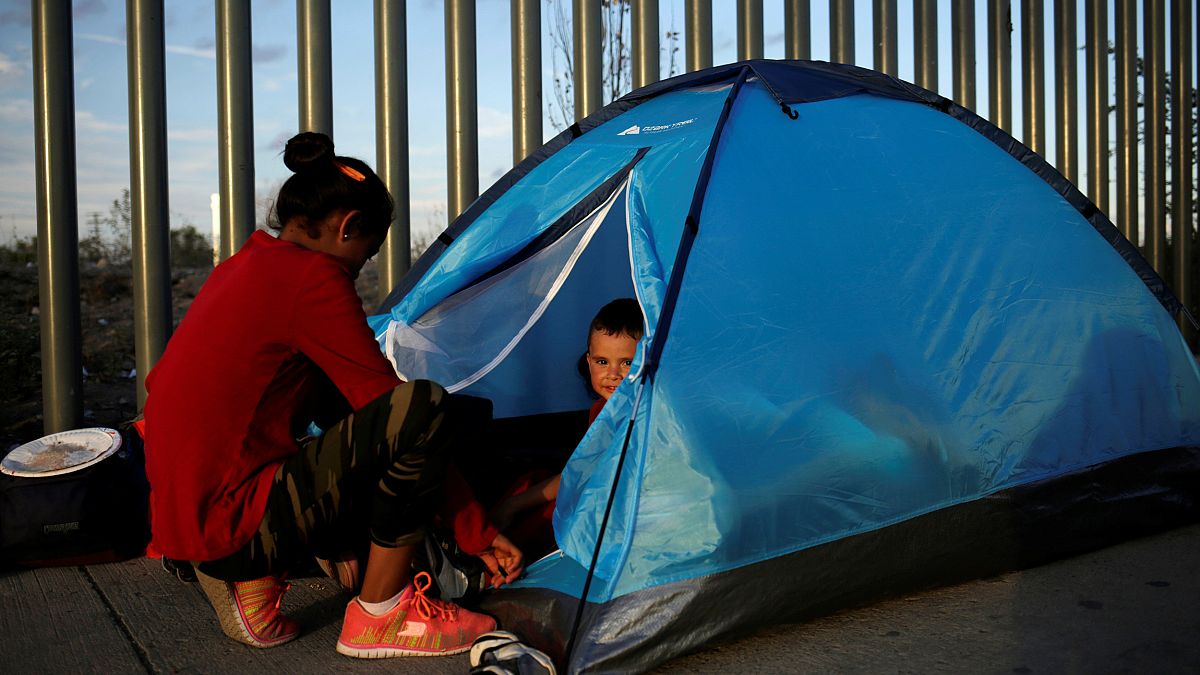The new proposal, which has not yet been finalized, would keep asylum seekers from applying for work permits until they had been in the country for at least a year, the officials said.
WASHINGTON — With a newly named acting secretary of Department of Homeland Security, the Trump administration is working on unveiling a set of new restrictions this week that are meant to further deter asylum seekers from entering the United States by limiting their ability to work, according to four DHS officials.
The new proposal, which has not yet been finalized, would keep asylum seekers from applying for work permits until they had been in the country for at least a year, the officials said.
Under previous guidelines, asylum seekers were able to apply for work permits 150 days after filing asylum applications, allowing them to seek employment while they await a decision on their case by an immigration judge. Due to a backlog in immigration courts, asylum cases currently take approximately two years to be adjudicated.
The policy is expected to be discussed at a meeting on Monday afternoon between Kevin McAleenan, the outgoing acting homeland security secretary, and heads of agencies for U.S. Citizenship and Immigration Services and Immigration and Customs Enforcement, according to two of the officials. And it is meant to target Mexican families seeking asylum, a demographic that has recently risen while the number of Central Americans has decreased since May.
The Trump administration attributes the rise in Mexican asylum claims to the inability to enforce MPP, better known as "Remain in Mexico" against Mexican nationals. Currently, under an agreement with the Mexican government, Central American asylum seekers are sent back to Mexico to wait until their court date, sending a strong message of deterrence from the United States. But Mexicans seeking asylum are allowed into the United States.
One of the DHS officials said proponents of the policy believe prolonging the period when Mexicans are not allowed to work while they wait for their claim will deter them from coming to the United States in the first place.
In Ciudad Juarez, Mexican asylum seekers are facing long lines to enter through legal ports of entry to United States, according to a report by the Los Angeles Times, as part of a practice called "metering" where Customs and Border Protection officers only allow in a limited number of asylum seekers per day. Since 2014, the majority of asylum seekers have been Central Americans, but the increase of Mexicans indicates that trend could be changing.
In September, the Trump administration proposed a rule that would extend the deadline for U.S. Citizenship and Immigration Services to respond to asylum seekers applying for work permits past a 30-day window.
With varied success, DHS under the Trump administration has sought to implement a range of restrictions on asylum seekers, including making them ineligible to asylum if they pass through another country without first claiming there. That policy was recently allowed to go forward by the Supreme Court while immigration groups continue to fight it in lower courts.
On Friday, the Department announced that Chad Wolf would serve as acting DHS secretary. Wolf is seen by some in the administration as not as hardlined on immigration as others, including White House senior advisor Stephen Miller. But he was an early drafter of the policy that separated immigrant children from their parents in 2018.
